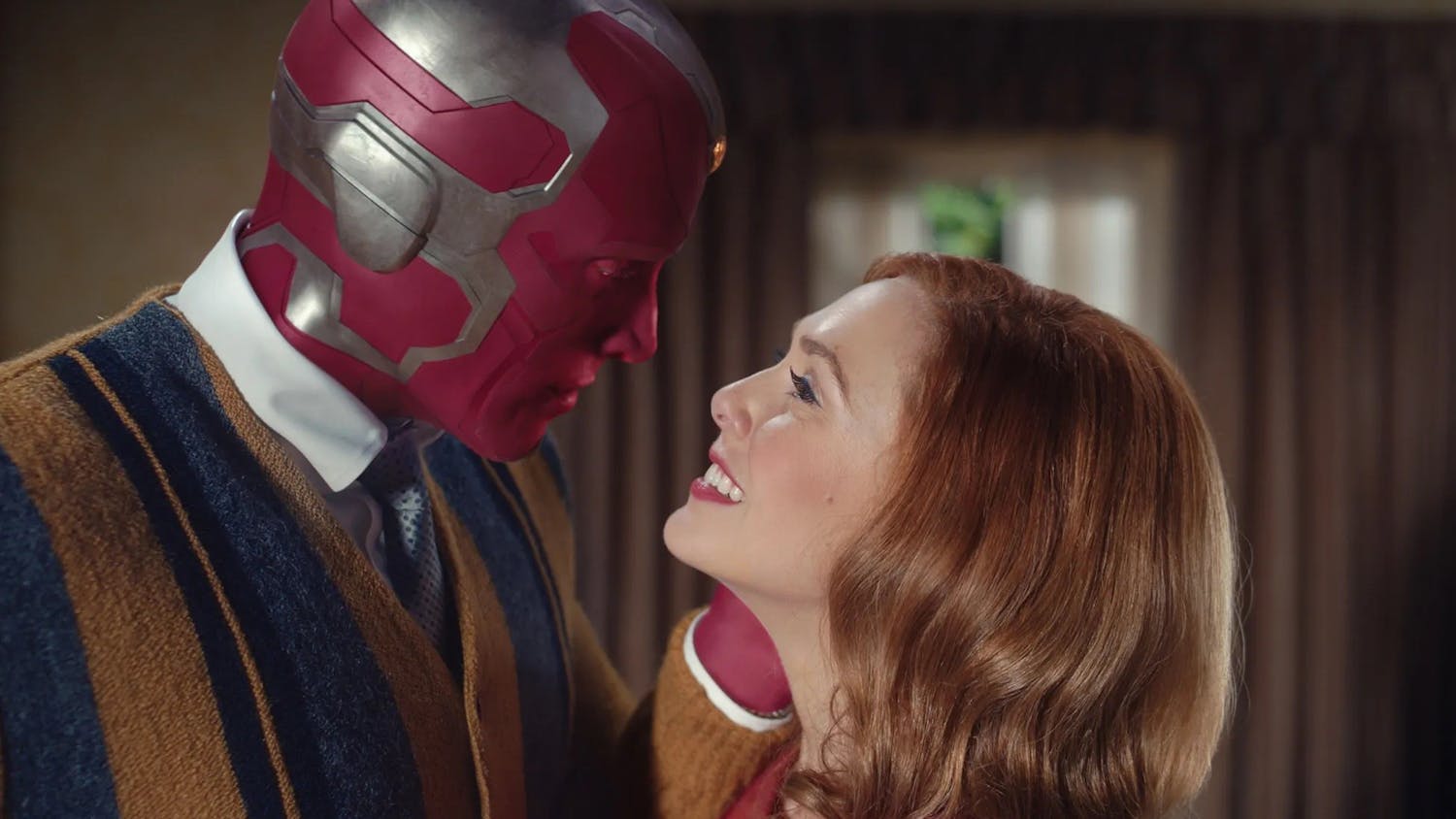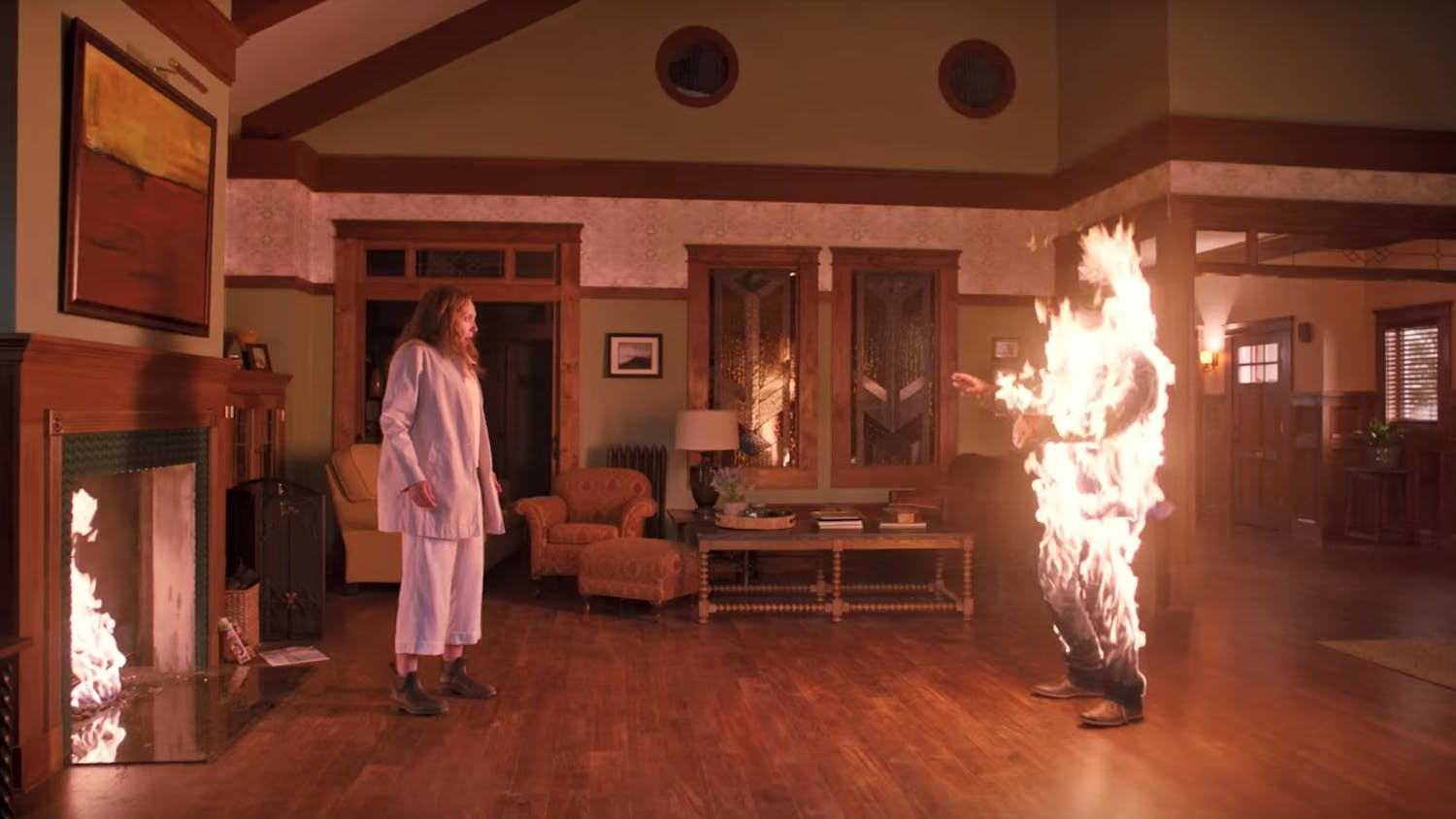The final novel from inventive postmodern writer Gilbert Sorrentino, ""The Abyss of Human Illusion"" (the title culled from a line by Henry James) is a fast-paced jaunt into the hardships and happenings of modern life, told with the biting, cutting-edge humor for which Sorrentino is well known among critics and readers.
If you haven't kept up on your post-modern American masters, no fear: Although former Stanford professor Sorrentino achieved much critical acclaim for his 1979 novel ""Mulligan Stew"" (which opens with the rejection letters Sorrentino received for it, and borrows characters from F. Scott Fitzgerald, Flann O'Brien and a James Joyce footnote, among others), he fell from the reviewer's eye, printing the last ten of his 19 novels with small, independent presses.
""The Abyss of Human Illusion,"" edited by Sorrentino's son, Christopher Sorrentino, is split into 50 (perhaps) loosely related sections, their only defining formal feature being that they grow increasingly longer as the novel progresses. As Christopher notes in the book's preface, his father—who died in 2006—was preoccupied with the idea of intertextuality, as sections of the novel refer to one another, or other pieces of literature by Sorrentino or other writers.
In this sense, the novel has no firm protagonist, but weaves numerous stories and nameless characters, creating the sense that you've just eavesdropped on a conversation that may or may not involve someone you know. Following a long tradition of post-modern texts that are overly self-aware, the end commentary section provides information about details in the narrative (""...his mother sits with a highball... In this instance, Canada Dry ginger ale and Seagram's 7 blended with whiskey. The term ‘highball' is no longer in general use""), the characters (""... his wife dead for many years ... His wife's name was Constance [Connie], and his children's Rose, Maria, Grace and Alexander [Alex]"") and a dry, running commentary on the text itself (""... in the best tradition of the deathless cliché... ‘deathless cliché' is, of course, a deathless cliché"").
The characters, although often anonymous, are still vivid in the short vignettes Sorrentino paints, little scenes pulled from time and context, and appearing in a seemingly arbitrary order. Indeed, his son Christopher writes in the preface of his father's unyielding faith in aesthetics over constraint.
In this novel as in his others, Sorrentino cuts to the core of American society, dealing with death, failed marriages, scheming friends and other ""hallmarks"" of contemporary life with the removed, sometimes cynical gaze of someone who has perhaps himself experienced much of the heartache and disappointment that fill his narrative. One scene describes the familiar, nameless man who ""loves a girl, who, as it turns out, does not love him, and so he wastes years of his life ... This is, as everyone knows, the oldest of news."" Still, Sorrentino cuts his bleak commentary with moments of humor, satire and wordplay.
Although often dark, ""The Abyss of Human Illusion"" often betrays what is presumably Sorrentino's own underlying philosophy, the idea that the meaning which exists in literature comes out of its juxtaposition with its surroundings, and not some lofty imbued significance. One character realizes this as well, in one of Sorrentino's less bleak, more profound lines: ""There is no way to bargain with life, for life's meaning is, simply, itself.""






